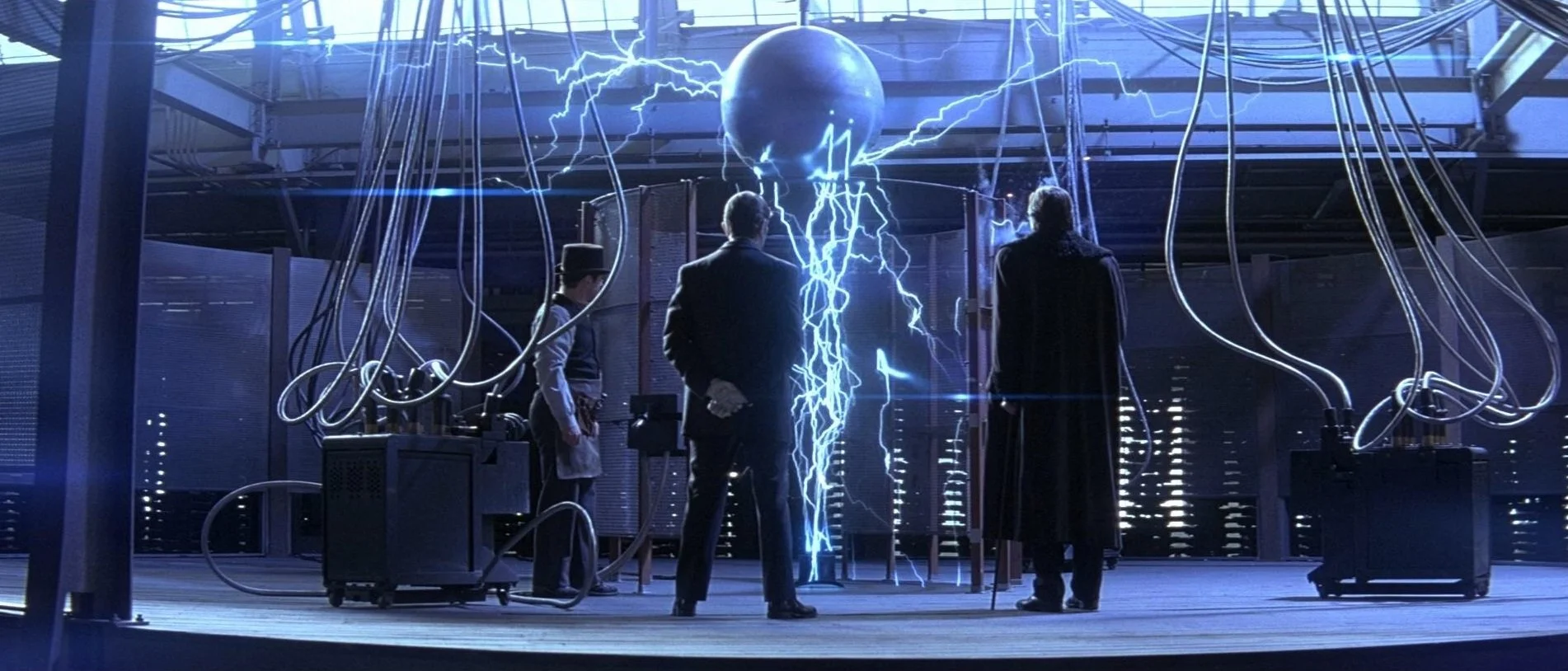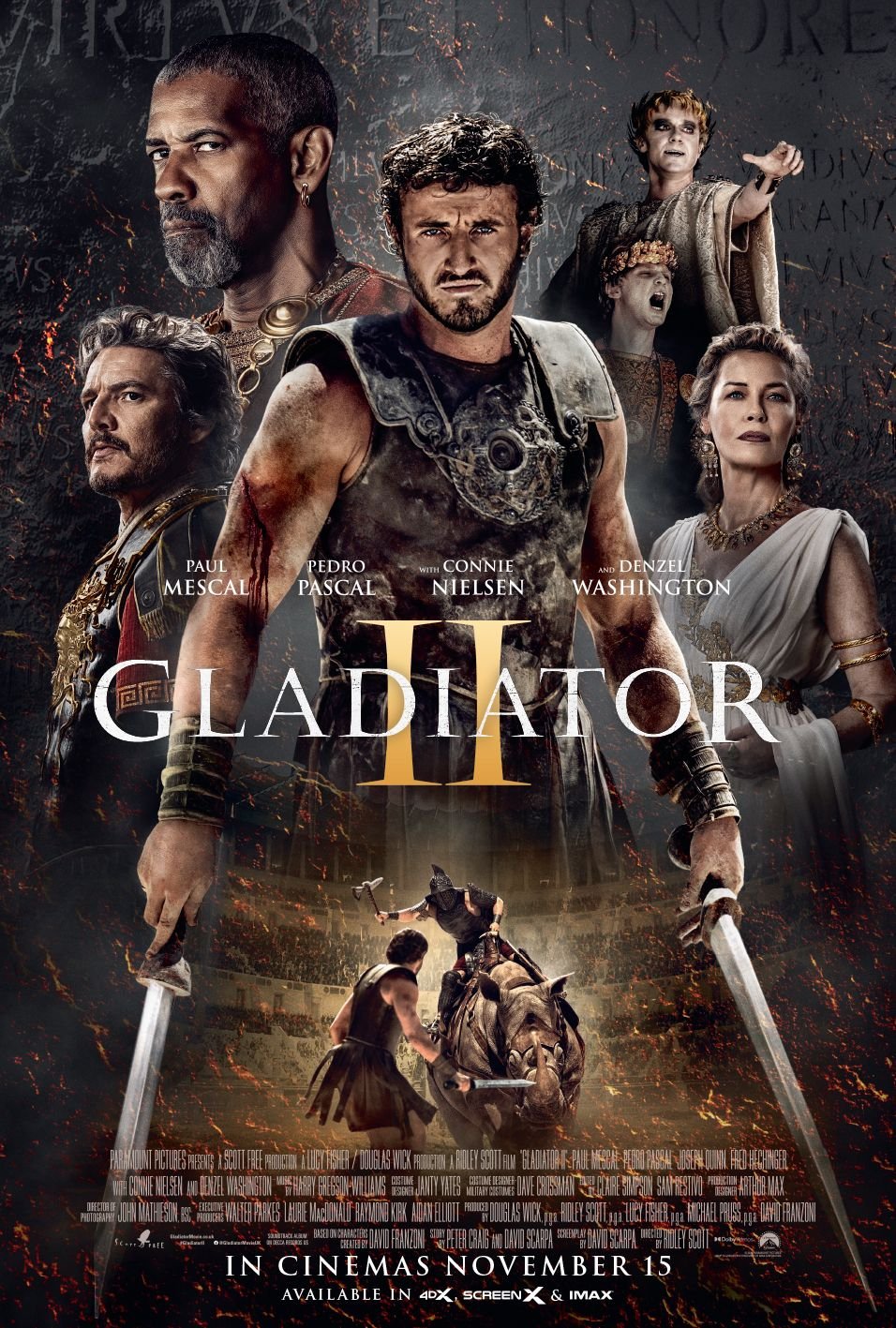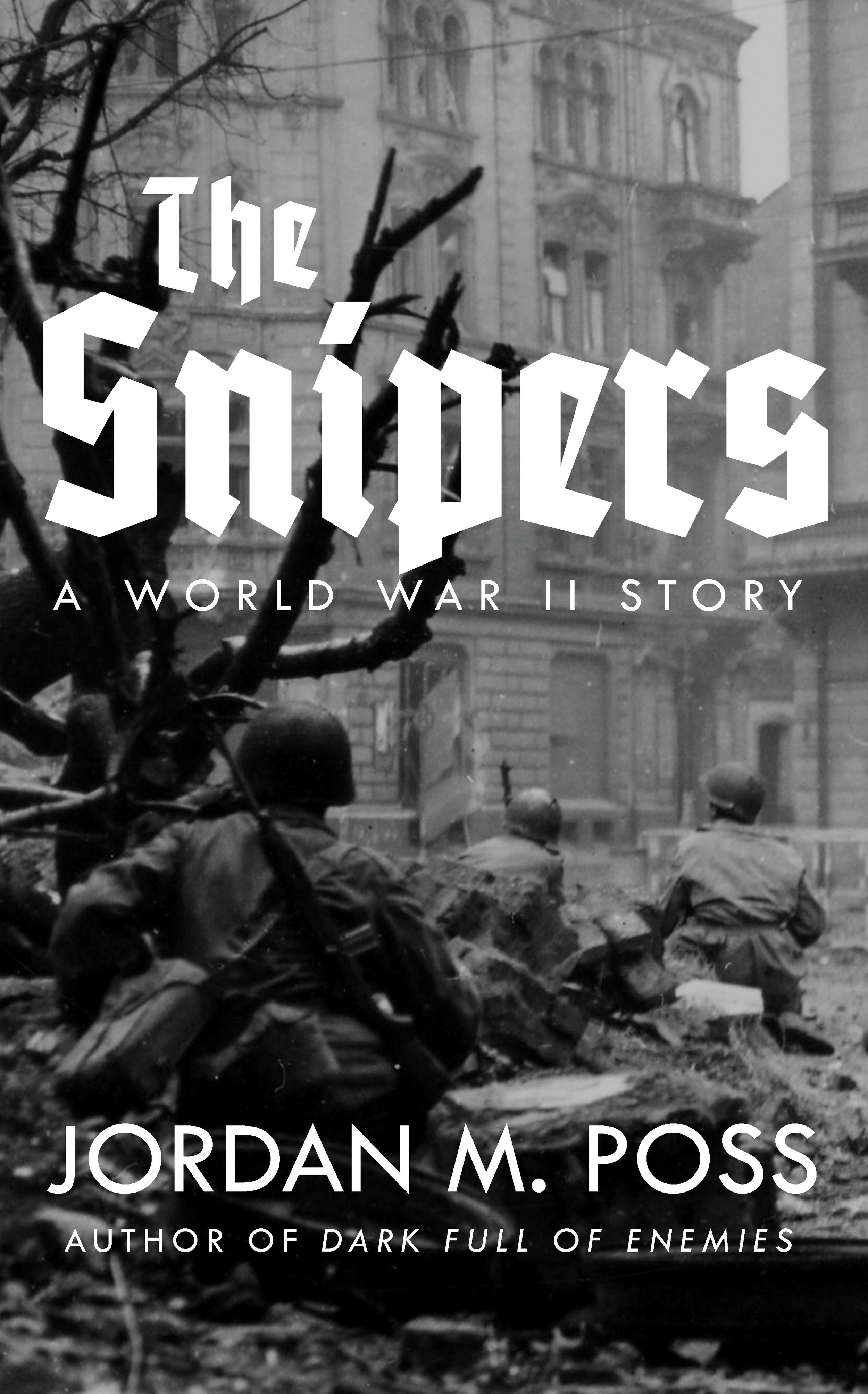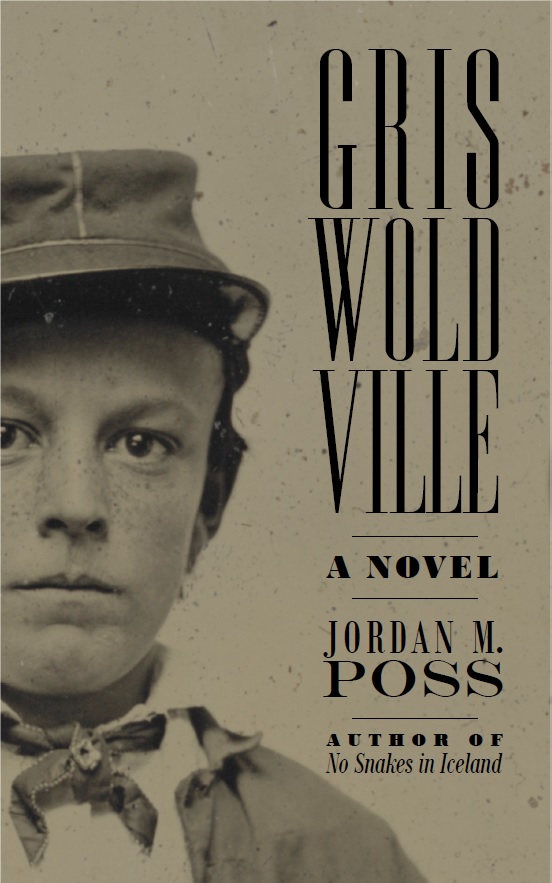Dorothy Sayers, Steven Pressfield, and soldier slang
/Alan Jacobs has an interesting post today on how Dorothy Sayers and WH Auden, at roughly the same time, approach the same problem: “How might one portray, for a 20th-century audience, the life (or part of the life) of Jesus Christ in a manner that is artistically and religiously serious?” Both, albeit in different ways, strove to make the story fresh and immediate through the use of contemporary language.
Read Jacobs’s whole post for more, but this chunk of Sayers’s apologia for her technique in The Man Born to Be King stuck out to me:
The technique is to keep the ancient setting, and to give the modern equivalent of the contemporary speech and manners. . . . We may make a Roman officer address his squad with modern military words of command, since some similar verbal technique must always and everywhere have been used to start and turn and stop bodies of soldiery, or to inspect their kit and parade-order. We may make a military policeman or a tax-collector lard his speech with scraps of American slang; for the local speech must have been full of catch-phrases picked up from the foreign soldiers and merchants who swarmed along the great trade-routes of the Empire; and for these bits and pieces of vulgar Latin, bastard Greek, and Syriac dialects the language of Hollywood is the modern equivalent.
The military examples are well-chosen for the precise reasons Sayers lays out. The jargon and slang of soldiers’ speech offers riches to be mined in archaeological layers: antiquated vocabulary surviving in specialized senses, foreign technical terminology, foreign borrowings from campaigns that may have occurred before the current generation was born, myriad protean shortenings, acronyms, and euphemisms, and a huge stock of inventive, poetic, and almost always highly vulgar slang.
Mastering it is probably impossible if you’ve never served. Time intensifies the challenge. Marines now and Marines during World War II both swore a lot and used a lot of slang, but the precise words used and the way they were used, the posture of the language, so to speak, are going to be different. The further back in time—and the language—that you go, the bigger the problem.
I find that, as with regional dialect, suggestion, hinting at a system of slang or way of speaking, works much better than overwhelming the reader with every term one can dig up. My biggest experiment in this regard so far is The Snipers, in which, to a greater extent even than Dark Full of Enemies, I tried to give my young, unrefined, casual, but hard-bitten GIs a distinct, period-authentic linguistic posture that would both evoke the period while being instantly understandable through use and context. I tried to do this minimalistically, with specifically selected lingo. I gather from a handful of readers that it worked.
No credit to me, necessarily. Just like you train your ear for realistic contemporary dialogue by listening and talking, you can do something similar with historical sources. I have a WWII slang dictionary, which can be helpful, but the best method is simply to read lots of lots of contemporaneous writing by people who were there—the less formal the better. I listed three books I found helpful in the case of The Snipers at the time I published it; there are plenty of others.
But I also had the advantage that my characters, regardless of the changes wrought over eighty years, were still speaking modern English. What if, like Sayers and Auden, you’re trying to suggest the distinctive patter not only of a foreign language, but one from 2000 years ago?
Someone who does this exceptionally well is Steven Pressfield. His novels The Afghan Campaign, which tells the story of part of Alexander’s conquests from the perspective of a squad of grunts, and the incomparable Gates of Fire both excel in this regard. Perhaps its Pressfield’s varied experience in lots of fields, including serving as a Marine, but his ancient Greek and Macedonian characters have a distinctive, contemporary-feeling, lived in argot that sells itself as authentic immediately. Some of it accurately translates ancient Greek, some of it is contemporary military equivalents to ancient concepts, some of it is pure invention. But it works exceptionally well.
I’ve wrestled with this problem of capturing the tone or texture of a dead language plenty of times and am trying to figure out a looser, livelier approach for a project I’m outlining now. I’ll probably return to some of Pressfield’s work for inspiration.















